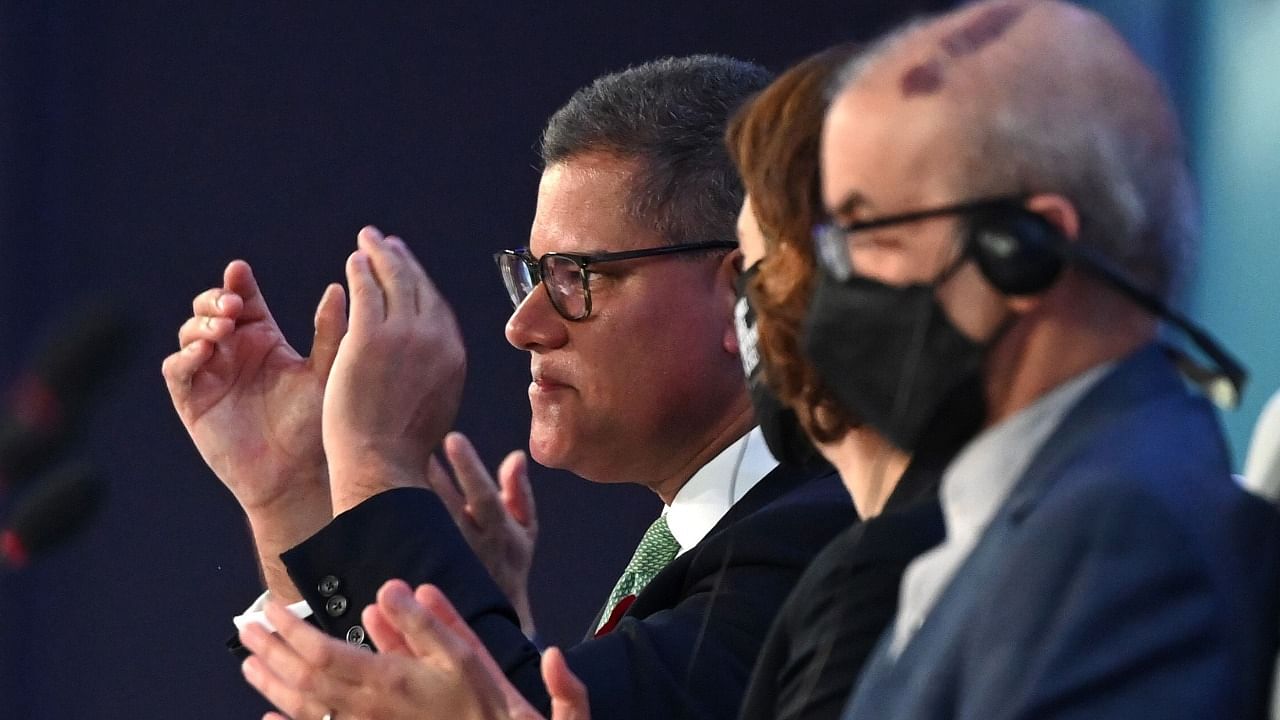
By Emma Ross-Thomas,
Fourteen days of talks and a few all-nighters at a sprawling, heavily disinfected conference centre in Glasgow, Scotland produced some breakthrough pledges, a hard set of rules on carbon markets and some big aspirations that will have to be tested against reality in the years ahead.
Here’s a snapshot of the most important outcomes.
Coal target
It was watered down at the last-minute to a pledge to “phase down” rather than “phase out” coal power, but the inclusion is still significant as the first mention of coal in a COP text. It falls short of the goal of “consigning coal to history,” but it goes further than the G-20 has to date and sends a clear signal.
China-US deal
The biggest surprise in Glasgow was an agreement by the two biggest emitters to work together. No big concrete action, but good news the pair are at least talking on climate amid the broader diplomatic standoff. China had been all but absent from the talks until then.
Carbon-trading rules
Hard-won and long-awaited. The rules on international carbon trading bring clarity to companies and standardisation that should help reduce emissions, though some activists are worried they aren’t quite tight enough. The pressure to pin down rules was growing as the voluntary market for offsets is growing in an unregulated sprawl.
Methane pledge
More than 100 countries agreed to slash methane; and there's a reference to methane for the first time in the pact. It’s not binding, but again, a powerful signal that it’s time to tackle emissions that are much more potent than CO2.
Crank up the plans
Countries have to come back next year with better climate plans. But there’s a get-out clause.
Scrutiny
New rules were agreed that will allow for greater scrutiny on emissions reporting. At last, climate targets should be comparable, allowing for everyone to assess what everyone else is doing.
Cash for damage
For the first time, there’s a recognition that countries struck by catastrophic climate events will get help. There’s an agreement to properly set up a mechanism — though the finer details and exact cash still need to be hashed out. That’s something for COP27, in Egypt next year.
Deforestation
Many of the side-deals agreed at COP disappointed, but a pact on deforestation could make a difference. Unlike some of the other deals, on this one the main players signed up.
Banks
Former Bank of England Governor Mark Carney cajoled banks, investors and insurers representing $130 trillion in assets to decarbonise their businesses by mid-century. Finance is a powerful tool in the fight against climate change but the list doesn’t include the world’s three biggest banks, all of which are Chinese and major providers of coal finance.
The magic number
All this leaves us on course for warming of 1.8 degrees Celsius, if all the pledges come to pass, according to the IEA, and it’s a big if. That’s much better than where we were on the way into COP, but still way above what’s safe.